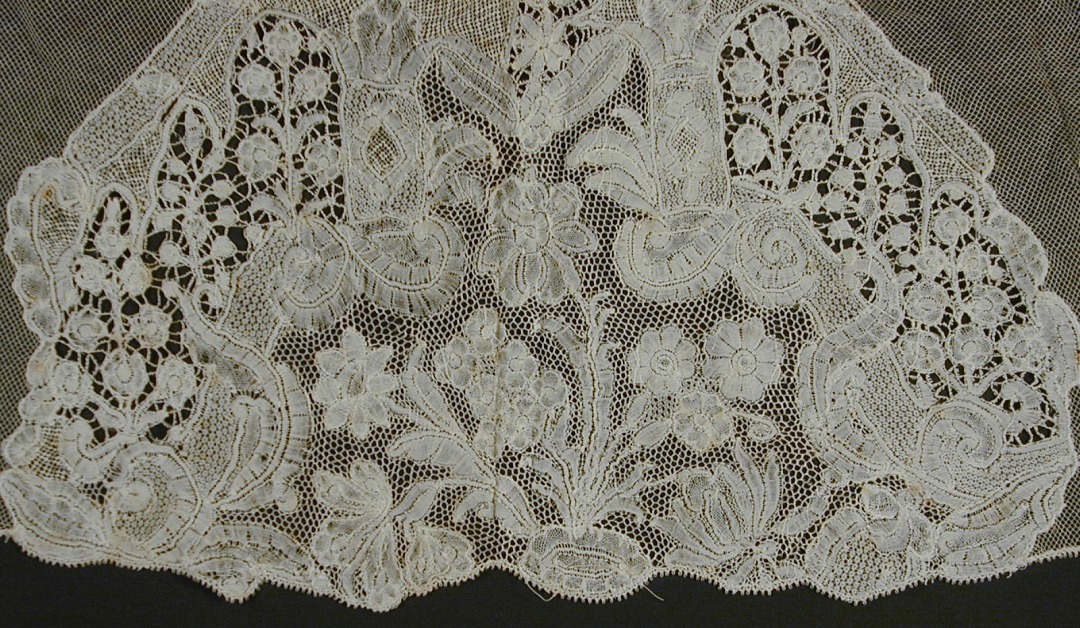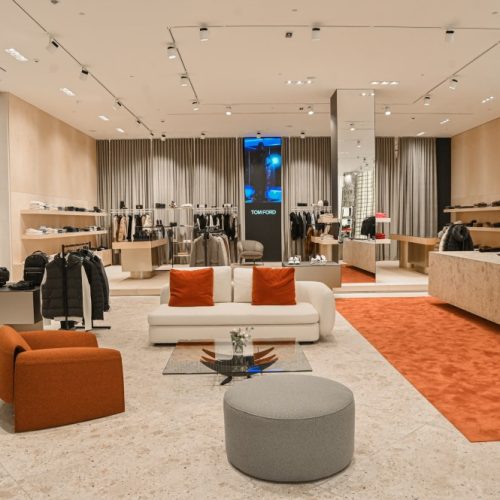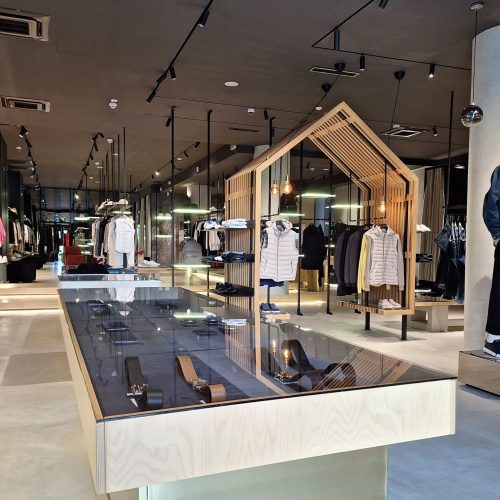Lace is an openwork fabric with motifs tied by a mesh structure, originated in Venice and Flanders, no later than the first half of the 16th century. In early modern Europe, as a symbol of luxury and prestige, lace was often the most expensive part of the clothing of a particular wealthy and distinguished person. Until the appearance of machine lace in the 19th century, it was made by hand, and the two basic techniques of its production were bobbin lace, which developed from the art of passementerie, and needle lace, which evolved from embroidery techniques. Well-known lace-making centers were Venice, Brussels, Mechelen, Valenciennes, Bruges, and others.
Bobbin lace was made on a lacemaking pillow with a fixed pattern, by interlacing threads wound on bobbins, where the interlaced threads were fixed with pins. Needle lace was made with a needle over a patterned base. It was most often made of linen thread, but after 1800, cotton and less frequently silk and metal thread began to be used for its production. The complex process of making bobbin lace was shown around 1669–1670 by a Dutch painter Jan Vermeer in the painting Lacemaker, which is now in the Louvre Museum in Paris.
Although today lace is mostly associated with women’s sensuality, things were a little bit different in the past. In the 17th century, lace was primarily used in men’s clothing to decorate shirts, hems, and collars. This way of using lace in men’s clothing can be seen in preserved visual representations of the French king Louis XIV (1638–1715). Also known as the Sun King, this ruler played an important role in positioning France as a global fashion center. Seeing fashion as a means of dominating European culture, he encouraged the French fashion industry, while his finance minister, Jean-Baptiste Colbert, is credited with saying that fashion is to France what the Peruvian gold mines are to Spain.
In the 18th century, lace gained its place in women’s clothing. On the other hand, men, under the influence of the ideas of rationalism and the Enlightenment, gradually gave up the use of this extravagant detail. Lace also became an important part of women’s private space, in which women draped lace peignoirs or arranged their cosmetics on lace-covered dressing tables. The use of lace in the manufacture of underwear has long remained one of its important purposes.
In the 19th century, there were fundamental changes in the character of lace. In addition to the new, bourgeois values of the French Revolution, which influenced the decline in the popularity of lace, industrialization affected many craft sectors, including lacemaking. In Nottingham, in 1809, John Heathcoat patented a machine with a mechanical loom for lace production. Machine lace became available to the wider strata of society, and its producers did not strive to create new and original motifs, but uncritically copied and combined historical patterns.
By the end of the 19th century, machine production of lace prevailed although hand production continued until the First World War, when there were significant changes in women’s fashion, which had to adapt to the new, more active position of women in society. At that time, lace was completely marginalized as a fashion detail, which continued during the following decades, when Coco Chanel and Madeleine Vionnet introduced practical women’s clothing, new cuts, and materials. Only after the Second World War, lace came back into fashion with exclusive evening dresses by Christian Dior and Cristóbal Balenciaga.
In the late 1980s, and especially during the 1990s, lace experienced its fashion renaissance, when John Galliano and Calvin Klein began to design lace clothing. She kept her place in the production of wedding dresses among which is the iconic wedding dress of Grace Kelly, Princess of Monaco, from 1956, a creation of the American costume designer Helen Rose. References to this dress can be seen in the 2011 wedding dress of the Princess of Wales, Kate Middleton, designed by Sarah Burton, the then creative director of the Alexander McQueen fashion house.
Although, according to Czech curator Konstantina Hlaváčková, lace is something old-fashioned, a symbol of femininity with which the majority of women no longer identify, this delicate fabric has been a prominent part of European visual and clothing culture for centuries. Collections of early modern, handmade European lace can be found today in many museums around the world, including the Lace Museum (Museo del Merletto) on the island of Burano near Venice and the Fashion & Lace Museum (Musée Mode & Dentelle) near the Grand-Place in Brussels.
Draginja Maskareli
Museum advisor – Art and Fashion Historian
Dictionary of less known terms:
Openwork – a term used in the history of visual culture for techniques that produce decoration by openings in solid materials such as metal, wood, stone, pottery, ivory, leather, or cloth.
Passementerie – the art of making trimmings or edgings, buttons, tassels, fringes, etc.

Fragment of bobbin lace, Brussels, 1725–1750; Los Angeles County Museum of Art (LACMA); photo: Wikimedia Commons / Public Domain

Fragment of needle lace, Venice, 17th century; Metropolitan Museum of Art, New York; photo: Wikimedia Commons / CC0 1.0

Jan Vermeer, The Lacemaker, around 1669–1670; The Louvre Museum, Paris; photo: Wikimedia Commons / Public Domain

After Claude Lefèbvre, Louis XIV, around 1670; Palace of Versailles, Versailles; photo: Wikimedia Commons / Public Domain

Tailor shop of Berta Alkalaj, Wedding dress with machine lace details, Belgrade, 1911; Museum of Applied Art, Belgrade; photo: Wikimedia Commons / CC BY-SA 3.0



